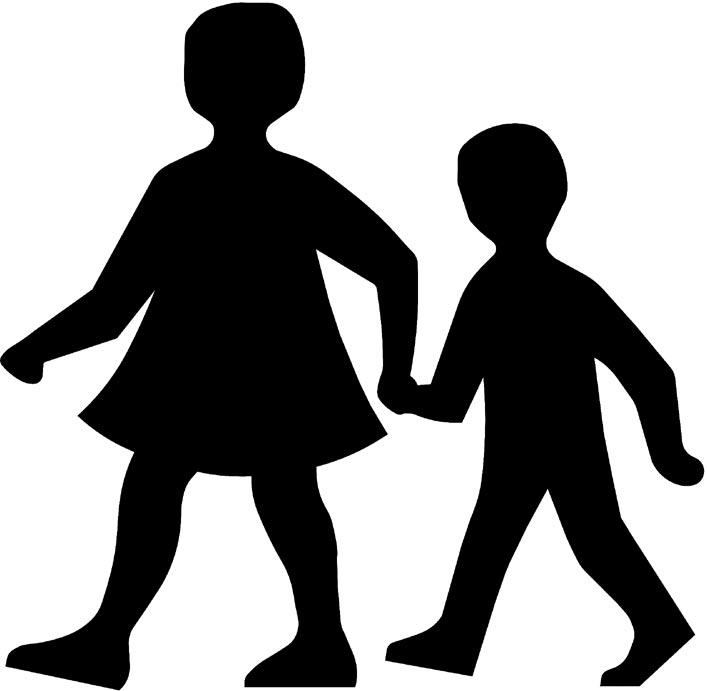- California Assembly OKs highest minimum wage in nation
- S. Korea unveils first graphic cigarette warnings
- US joins with South Korea, Japan in bid to deter North Korea
- LPGA golfer Chun In-gee finally back in action
- S. Korea won’t be top seed in final World Cup qualification round
- US men’s soccer misses 2nd straight Olympics
- US back on track in qualifying with 4-0 win over Guatemala
- High-intensity workout injuries spawn cottage industry
- CDC expands range of Zika mosquitoes into parts of Northeast
- Who knew? ‘The Walking Dead’ is helping families connect
Comparison of Child Abuse Rates and Standards of Abuse Between the United States and South Korea
In 2014, the child abuse rate in South Korea reached a new high: one out of every 1,000 children were abused in a year. This rate has been increasing since 2005. The United States’ rate of child maltreatment, however, has generally been declining since then. This report was done to determine the likelihood that this data truly reflects the trends in child abuse in both countries. The standards of abuse in each country could be changing, which would make the number of child abuse cases misleading. The percentage of screened-in reports (child abuse reports determined to be fit for investigating) that turned out to be child abuse cases were considered in determining the possibilities of the changes of standards in considering child maltreatment. The rates of the causes of child abuse (divorce, remarriage, drug abuse, alcoholism, poverty rate) and the number of child deaths due to child abuse were also considered in determination of the possibilities regarding the credibility of the child abuse rates.
In the results, the percentage of screened-in reports that turned out to be legitimate child abuse cases decreased over time for South Korea and fluctuated for the United States, though it could be considered a slight decrease. The rates of the causes of child abuse, however, mostly showed increasing trends in both countries. With a decreasing trend in child abuse in the United States, this contradiction brings about doubt about whether child abuse is truly decreasing the United States. Only divorce rate continued to decline in both countries, with all other factors increasing since 2005. The number of fatalities due to child abuse per day/year increased over time for both countries as well.
The decrease in the percentage of legitimate child abuse cases in the screened-in child abuse reports brings about the possibilities that more South Korean citizens have easier access to reporting child abuse and that South Korea is becoming more paranoid/cautious about child abuse. The fluctuation in the percentage for the U.S. could suggest that standards of abuse haven’t been changed significantly, though the slight decrease could suggest greater access to reporting child abuse and greater cautiousness about child abuse, as in South Korea. The contradiction between the decreasing child abuse rates in the United States and the rates of the causes of child abuse, as well as child fatalities due to child abuse, brings about two likely possibilities: either standards of determining abuse has become more lenient over time, or the increased spread of child abuse awareness through organizations and current easier access to technology has made people less likely to resort to child abuse. The rates of the causes of child abuse for South Korea corresponded to the increasing child abuse rates. Increase in remarriage, binge drinking, illicit drug-related arrests, poverty rate, and fatalities due to child abuse suggests that child abuse has truly been increasing in South Korea, leading to increased awareness of child maltreatment.
Though this report cannot make confirmations, it brings about reason to think about the credibility of these two countries’ child abuse rates.














kelly
November 26, 2017 at 3:38 PM
yes..I like the basic concepts behind Second Life but it seems incredibly outdated and when I played it was intensely non-intuitive / user friendly to an extent that made EVE look like a game for toddlers. thanks from
togel online